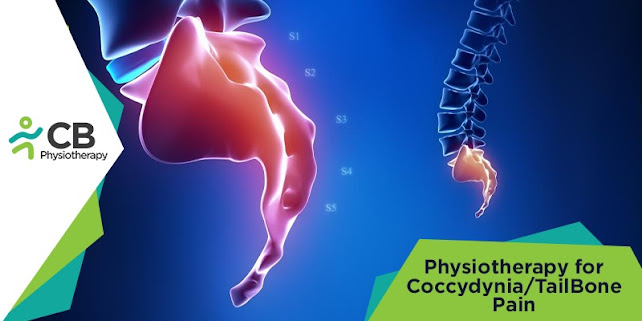 |
Physiotherapy for moderate stroke patientTop 10 Rehabilitation Exercises for Moderate Stroke Patient |
Are you or any of your loved ones suffering from a stroke? Do you feel depressed or frustrated, due to lack of independence? Do you miss doing the activities and hobbies you used to love? If yes, then Physical therapy has a solution for you. It can help you regain your strength and mobility. This Blog is to provide an exercise program for a moderate stroke patient in order to promote flexibility, range of motion, balance and coordination, and also decrease pain and stiffness in your body. These exercises can be done by the patient without the assistance of a physiotherapist or an assistant.
1: To enhance shoulder motion and possibly prevent shoulder pain
Lie on your back on a firm bed. Interlace your fingers with your hands resting on your stomach
Slowly raise your arms to shoulder level, keeping your elbows straight. Return your hands to the resting position on your stomach.
2: To maintain shoulder motion
Lie on your back on a firm bed. Interlace your fingers, with your hands resting on your stomach. Slowly raise your hands directly over your chest, straightening your elbows. Slowly move your hands to one side and then the other. Then bend your elbows and return your hands to a resting position on your stomach.
3: To promote motion in the pelvis, hip and knee
Lie on your back on a firm bed. Keep your interlaced fingers resting on your stomach. Bend your knees tightly together; slowly move them as far to the right as possible. Return to center. Slowly move your knees as far as possible to the left, still keeping them together. Return to center.
4: To improve motion at the hip and knee, stimulating the movements needed for walking.
Lie on your unaffected side, with your legs together. Bend and move your affected knee as far as possible towards the chest. You may need your helper’s assistance to support the leg you’re exercising. Return to starting position
5: To strengthen the muscles that straighten the elbow.
Sitting on a firm mattress or sofa, put your affected forearm flat on the surface with your palm facing down if possible. You may want to place a firm pillow under your elbow. Slowly lean your weight onto your bent elbow. Push your hand down against the support surface, straightening your elbow and sitting more upright. Slowly allow your elbow to bend, returning your forearm to the support surface. Work back and forth between the two extremities.
6: To strengthen the muscles of the wrist.
Place your forearm on a table facing upwards. Hold a lightweight water bottle or a can in your hand. Flex your wrist by bringing your palm towards your forearm. You can also do wrist extension by turning your forearm face down and bringing the back of your hand towards the forearm.
7: To reduce stiffness in the trunk and promote the body rotation needed for walking.
Sit on a firm straight chair with both feet on the floor. If necessary, a firm mattress, sofa, or wheelchair may be used. Interlace your fingers. Bend forward and reach with your hands towards the outside of your foot, rotating your trunk. Move your hands upward in a diagonal direction toward your left shoulder, keeping your elbow as straight as possible. Repeat the motions, moving your hands from your left foot to your right shoulder.
8: Movements needed to rise from a sitting position
Sit on a firm chair that has been placed against the wall to prevent slipping. Interlace your fingers. Reach forward with your hands. With your feet slightly apart and your hips at the edge of the seat, lean forward, lifting your hips slightly from the seat. Slowly return to sitting.
9: Supine bridge
Lie on your back with feet flat on the ground and arms relaxed by the side. Straighten your legs and place a bolster under your knees, then lift your hips by pressing against the bolster. Then lift and lower one foot, then the other, while holding the top of the bridge.
10: To maintain the ankle motion needed for walking
Stand at arm’s length from the wall, Knees straight. Feet planted slightly apart and flat on the floor with equal weight on both feet. With your unaffected hand, hold your affected hand in place against the wall at the chest level. Slowly bend your elbows, leaning into the wall. This places a stretch on the back of your lower legs. Keep your heels on the floor. Straighten your elbows, pushing your body away from the wall.
Rehabilitation is a slow process. It can take months or years for the condition to improve.



